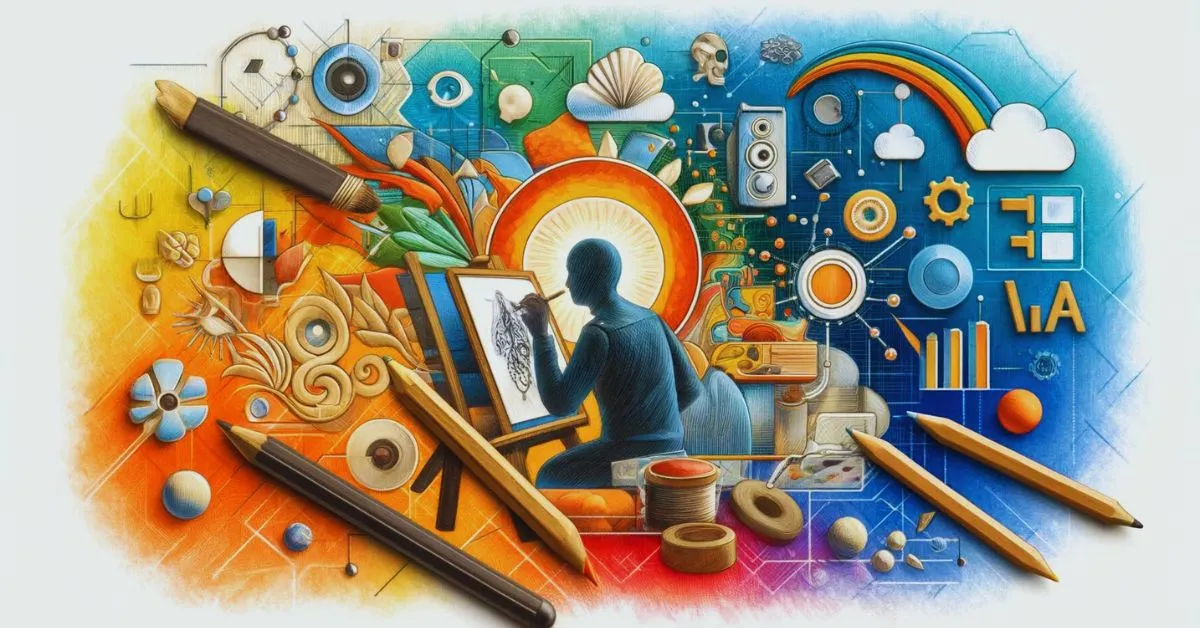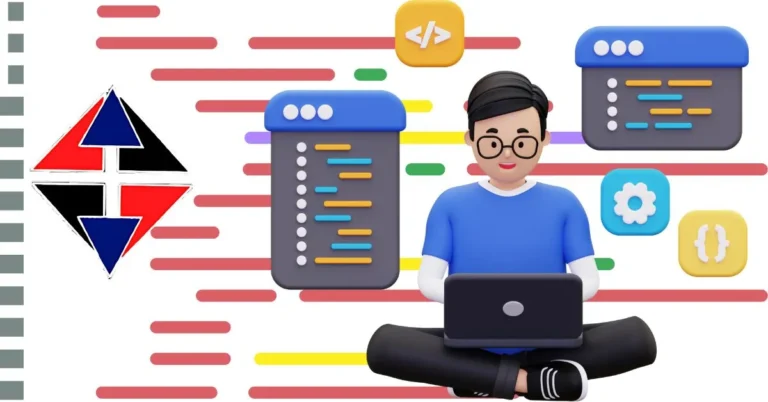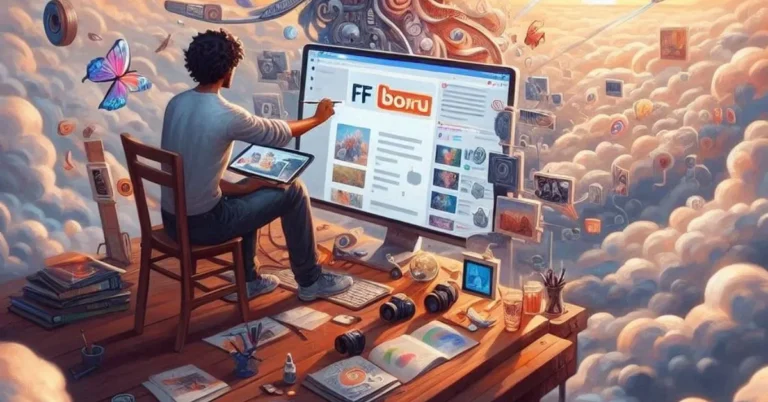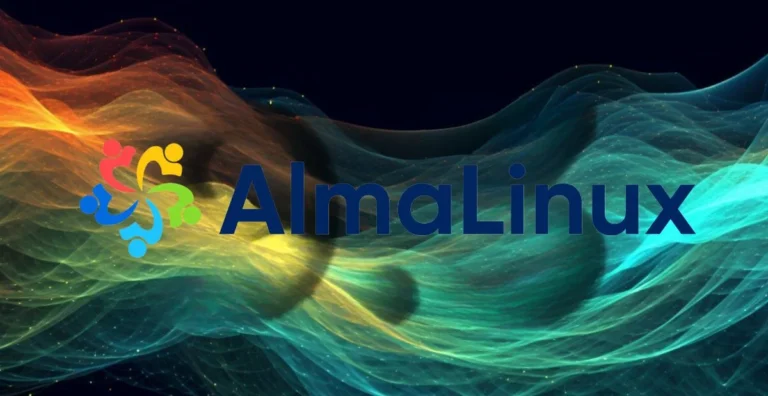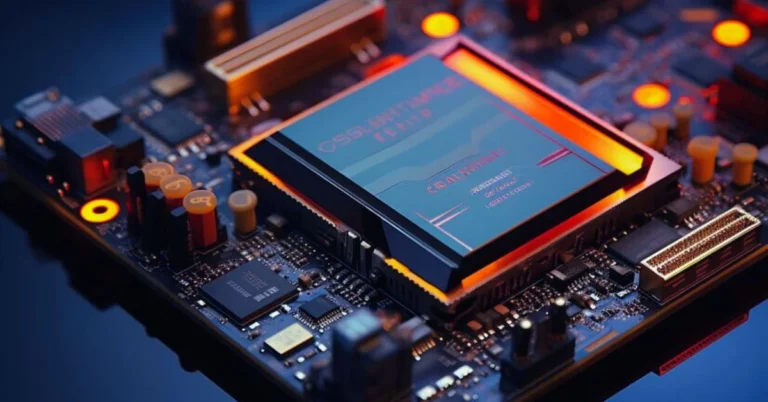Unlocking Creativity: How AI Art Can Help Deliver High-Quality Pictures and Unique Styles
In today’s digitally driven world, the demand for captivating visuals has never been higher. Whether you’re a business looking to enhance your marketing materials, a content creator aiming to boost engagement, or a designer seeking innovative inspiration, high-quality pictures and unique styles are essential. Among the many technological advancements, AI art stands out as a powerful tool. AI art harnesses the capabilities of artificial intelligence to create and manipulate visuals with astounding precision and creativity. While traditional methods have their merits, the advent of artificial intelligence (AI) has opened new frontiers in image creation and enhancement.
AI art tools can analyze vast datasets and apply complex algorithms to produce stunning visual content that might take humans significantly longer to achieve. They can generate unique artwork styles, replicate famous artistic techniques, and even enhance photo quality through detail sharpening and noise reduction. This article delves into how AI can help achieve high-quality pictures and unique styles, transforming the creative process and elevating visual content to new heights. By integrating AI art into their toolkit, creators can push the boundaries of imagination, bringing innovative and captivating visuals to life with remarkable efficiency.
The Rise of AI in Visual Arts
What is AI in Visual Arts?
Artificial intelligence in the visual arts refers to using machine learning algorithms and neural networks to create, enhance, and manipulate images. These technologies analyze vast amounts of data to learn visual patterns and styles, enabling them to generate and modify images with remarkable precision and creativity. AI can mimic human artistic processes, offering tools that blend automation with artistic expression.
Why AI Matters in Image Creation
The integration of AI in image creation is revolutionizing the field. Unlike traditional, time-consuming, and resource-intensive methods, AI-powered tools provide efficiency and scalability. Whether it’s generating original artwork, enhancing photo quality, or replicating specific styles, AI offers endless possibilities for creators and businesses alike.
Enhancing Image Quality with AI
AI-Powered Image Enhancement Tools
One of the standout applications of AI in visual arts is image enhancement. AI-powered tools like Adobe’s Sensei, Topaz Labs, and NVIDIA’s AI technologies use deep learning algorithms to improve image quality. These tools can upscale low-resolution images, reduce noise, sharpen details, and even restore old or damaged pictures.
Super-Resolution Technology
Super-resolution is an AI technique that increases the resolution of an image, enhancing its clarity and detail. By predicting and adding missing pixel data, AI can transform a blurry image into a high-definition masterpiece. This technology is particularly beneficial for photographers and designers who need to preserve the quality of their visuals at larger scales.
Automated Photo Editing
AI has also made significant strides in photo editing. Automated editing tools can adjust lighting, correct colors, and retouch portraits with a single click. These tools save time and ensure consistency, allowing creators to focus on the artistic aspects rather than the technical details. For instance, AI can automatically detect and remove imperfections in the skin, balance exposure levels, and enhance colors to make photos look more vibrant and professional.
Image Restoration
Image restoration is another critical application of AI. Historical photographs, family heirlooms, and old film footage can be brought back to life using AI-based restoration techniques. These tools can repair scratches, fill in missing pieces, and restore faded colors, preserving historical and sentimental value.
Creating Unique Styles with AI
Generative Adversarial Networks (GANs)
GANs are a class of AI algorithms that enable the creation of original artwork and unique styles. Consisting of two neural networks – the generator and the discriminator – GANs work together to produce images that mimic specific styles or invent entirely new ones. Artists and designers can use GANs to explore creative possibilities and generate visuals that push the boundaries of traditional art.
Style Transfer
Style transfer is an AI technique that allows the blending of different artistic styles. By analyzing the patterns and characteristics of a style image and applying them to a content image, AI can create unique and visually stunning results. This technique is particularly popular in digital art, where artists can experiment with combining classical painting styles with contemporary subjects.
Applications of Style Transfer
- Digital Art: Artists can create hybrid artworks that combine their original drawings with famous painting styles.
- Social Media: Content creators can transform their photos into eye-catching visuals that stand out in social feeds.
- Marketing: Businesses can develop unique brand aesthetics by applying consistent style transfers across their marketing materials.
3D Modeling and Animation
AI’s capabilities extend beyond 2D images into the realm of 3D modeling and animation. AI algorithms can generate 3D models from 2D images, automate the rigging process, and even create realistic animations. This is a game-changer for industries such as gaming, film, and virtual reality, where high-quality and innovative visual assets are essential.
Practical Benefits of AI in Visual Arts
Speed and Efficiency
AI-driven tools significantly speed up the creative process. Tasks that would traditionally take hours, such as photo editing, style replication, and image enhancement, can now be completed in minutes. This efficiency allows creators to produce higher volumes of content without compromising on quality.
Accessibility and Scalability
AI democratizes access to high-quality visuals. With user-friendly interfaces and affordable options, individuals and small businesses can leverage AI tools without needing extensive technical expertise. This scalability ensures that high-quality and unique visuals are accessible to a broader audience.
Inspiration and Innovation
AI can serve as a source of inspiration for artists and designers. By generating new styles and experimenting with different techniques, AI opens up creative avenues that may not have been explored otherwise. This innovation fosters a dynamic and evolving artistic landscape, pushing the boundaries of what’s possible.
Consistency and Professionalism
AI tools ensure consistency across visual content. Automated processes maintain uniformity in colors, styles, and quality, which is particularly important for brand identity and professional presentations. Consistent visual standards enhance brand recognition and convey a polished, professional image.
Real-World Examples of AI in Visual Arts
Adobe Sensei
Adobe Sensei is an AI and machine learning platform integrated into Adobe Creative Cloud. It offers powerful tools for image enhancement, automated editing, and content generation. Features like Content-Aware Fill, Auto Reframe, and Neural Filters leverage AI to simplify complex tasks and enhance creative workflows.
https://aithoughts.art/ is a platform that uses AI to turn photos into works of art by applying different artistic styles. Users can upload an image, select a style, and let the AI create a unique piece of art. This tool is popular among digital artists and social media influencers looking to create distinctive visuals.
NVIDIA GauGAN
NVIDIA GauGAN is a revolutionary AI tool that enables users to create photorealistic images from simple sketches. Using a generative adversarial network, GauGAN can interpret doodles and transform them into detailed landscapes, urban scenes, and more. This tool showcases the potential of AI in transforming basic concepts into visually compelling outcomes.
The Future of AI in Visual Arts
Personalized Visuals
The future of AI in visual arts holds the promise of personalized visuals. AI algorithms can analyze user preferences and behaviors to generate bespoke images and styles tailored to individual tastes. This level of personalization can enhance user engagement and satisfaction in fields like web design, marketing, and social media.
AI as a Creative Partner
As AI continues to evolve, its role in the creative process will likely expand. Instead of being seen as a tool, AI could become a creative partner, collaborating with artists and designers to push the boundaries of visual expression. This collaboration can lead to unprecedented innovations and new artistic paradigms.
Ethical Considerations
With the growing influence of AI in visual arts, ethical considerations will become increasingly important. Issues such as copyright, originality, and the potential for misuse of AI-generated content will need to be addressed. Establishing guidelines and best practices will ensure that AI is used responsibly and ethically in the creative industry.
Conclusion
The integration of AI in visual arts is more than a technological advancement; it’s a creative revolution. AI-powered tools provide unparalleled opportunities to enhance image quality, create unique styles, and streamline the artistic process. Whether you’re a professional artist, a business owner, or an enthusiastic hobbyist, leveraging AI can unlock new levels of creativity and efficiency.
As AI continues to evolve, its impact on visual arts will only grow, offering innovative solutions and inspiring new forms of artistic expression. Embracing AI’s potential allows creators to explore uncharted territories, drive innovation, and deliver captivating visuals that resonate with audiences across the globe.
In this dynamic intersection of technology and creativity, AI is not just a tool; it’s a catalyst for transforming how we perceive and create visual art. The future of visual arts is bright with the promise of AI, and the possibilities are as limitless as our imagination. So, step into this new era and let AI help you unlock the full power of your creative vision.

